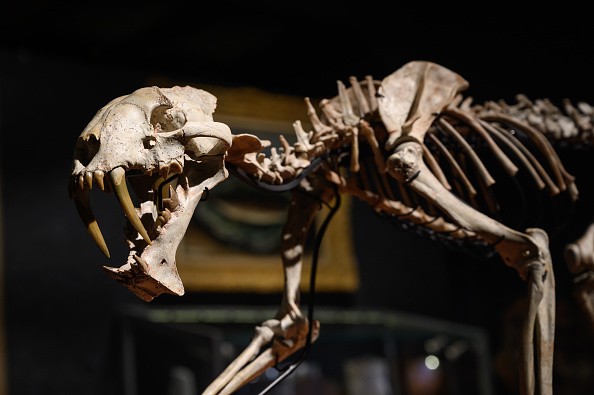The 48-year-old bioscience professor Andrew Pask is promising to lead a team of scientists in doing what humans never have done before; and that is to bring an extinct creature back to life.
The Tasmanian tiger was brought from the brink of extinction

The thylacine, which was native to Australia and Papua New Guinea, vanished from the mainland and its northern neighbor more than 2,000 years ago, as per Aljazeera.
Some attributed its extinction to the arrival of the dingo, some other apex predators, but some others disagree.
In July 1936, the Tasmanian government eventually declared thylacine a protected species, but it was far late.
The last known living thylacine died several months later in the now-defunct Beaumaris Zoo in Hobart's center.
She was the unfortunate victim of cruel neglect.
At the turn of the century, Australian paleontologist Mike Archer made headlines around the world when he announced that he had extracted DNA from a preserved thylacine specimen, a seemingly extraordinary feat for the time and that he would produce a Tassie tiger in just ten years.
Needless to say, it didn't happen with a $30,000 budget and the discovery that thylacine DNA has been contaminated with human DNA didn't help.
The same sentiments are being expressed by those responsible for the latest de-extinction venture, University of Melbourne professor Andrew Pask, and his collaborator and backer, American biotechnology and genetic engineering company Colossal.
Pask reached a watershed moment in 2008.
In a world first, he and his team succeeded in resurrecting an extinct thylacine's DNA fragment.
They made it visible by trying to insert it into a mouse embryo by modifying the rodent's genome.
They plan to modify the genome of a fat-tailed dunnart to bring back a whole thylacine, not just a sliver of its DNA.
Pask appears to be fairly confident that his group will be able to generate a genetically engineered thylacine cell within the next ten years, but he believed it may be decades before such a thylacine is born, let alone released into the wild.
Ways to de-extinct animals
De-extinction is indeed the process of resurrecting extinct species through the use of biotechnology.
There are several methods for resurrecting extinct animals, as per amino labs.
Some of the methods used to save endangered species can also be employed to bring back extinct animals.
Cloning is the process of replicating cells. In other words, creating a genetically identical cell from a reference cell.
One limitation of this technique is that it necessitates the use of closely related existing animals. Another limitation is that extinct animals' genomes have to have been preserved over time.
Bucardo, a mountain goat became the first species to be successfully de-extinction in 2003. Sadly, the animal died seven minutes after birth as a result of a lung defect.
Bringing one bucardo back from extinction was a difficult task.
Genome editing is the process of recreating extinct species by modifying the genome of a closely related species using the extinct species' genome.
Advanced biotechnology, such as CRISPR-cas9, could be used. However, CRISPR might not be able to edit every location of a genome.
In reality, inserting multiple DNA sequences is a difficult and error-prone process.
© 2025 NatureWorldNews.com All rights reserved. Do not reproduce without permission.





